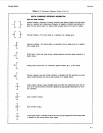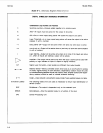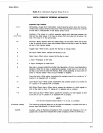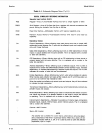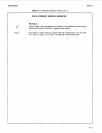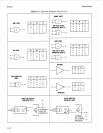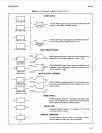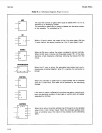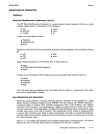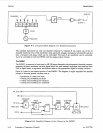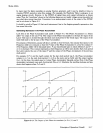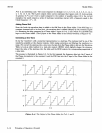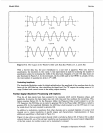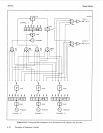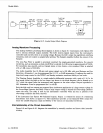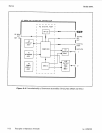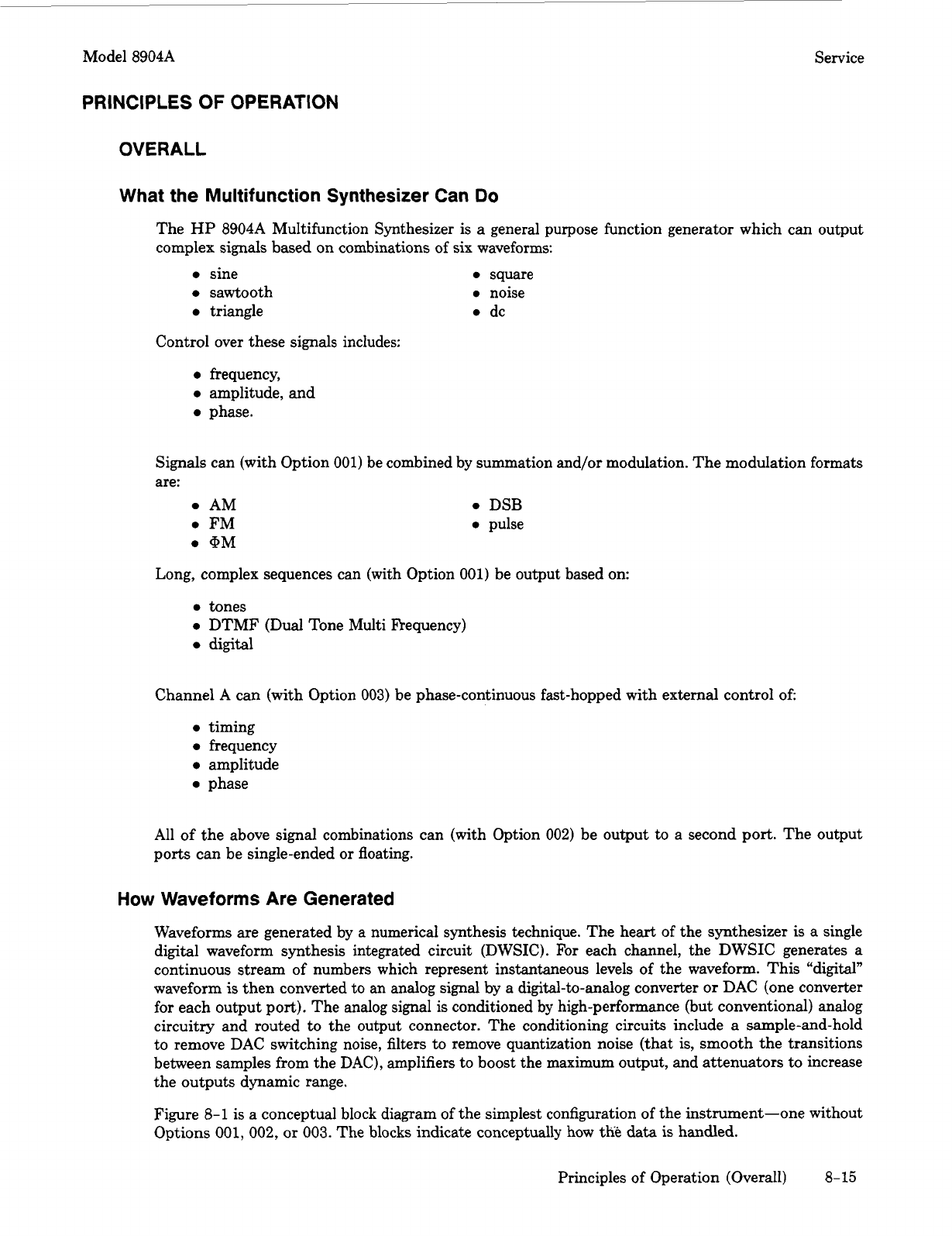
Model 8904A Service
PRINCIPLES
OF
OPERATION
OVERALL
What the Multifunction Synthesizer Can
Do
The
HP
8904A Multifunction Synthesizer is a general purpose function generator which can output
complex signals based on combinations
of
six waveforms:
sine
sawtooth
triangle
Control over these signals includes:
frequency,
amplitude,
and
phase.
square
noise
dc
Signals can (with Option
001)
be combined by summation and/or modulation. The modulation formats
are:
AM DSB
FM pulse
@M
Long, complex sequences can (with Option
001)
be output based on:
tones
DTMF (Dual Tone Multi Frequency)
digital
Channel
A
can (with Option
003)
be phase-continuous fast-hopped with external control
of:
timing
frequency
amplitude
phase
All of the above signal combinations can (with Option
002)
be output to a second port. The output
ports can be single-ended
or
floating.
How
Waveforms Are Generated
Waveforms are generated by a numerical synthesis technique. The heart of the synthesizer
is
a single
digital waveform synthesis integrated circuit (DWSIC).
For
each channel, the DWSIC generates a
continuous stream of numbers which represent instantaneous levels of the waveform. This "digital"
waveform
is
then converted to an analog signal by a digital-to-analog converter
or
DAC (one converter
for each output port). The analog signal is conditioned by high-performance (but conventional) analog
circuitry and routed to the output connector. The conditioning circuits include
a
sample-and-hold
to remove DAC switching noise, filters to remove quantization noise (that is, smooth the transitions
between samples from the DAC), amplifiers to boost the maximum output, and attenuators to increase
the outputs dynamic range.
Figure
8-1
is
a conceptual block diagram
of
the simplest configuration of the instrument-one without
Options
001,
002,
or
003.
The blocks indicate conceptually how tlie
data
is
handled.
Principles of Operation (Overall)
8-15



